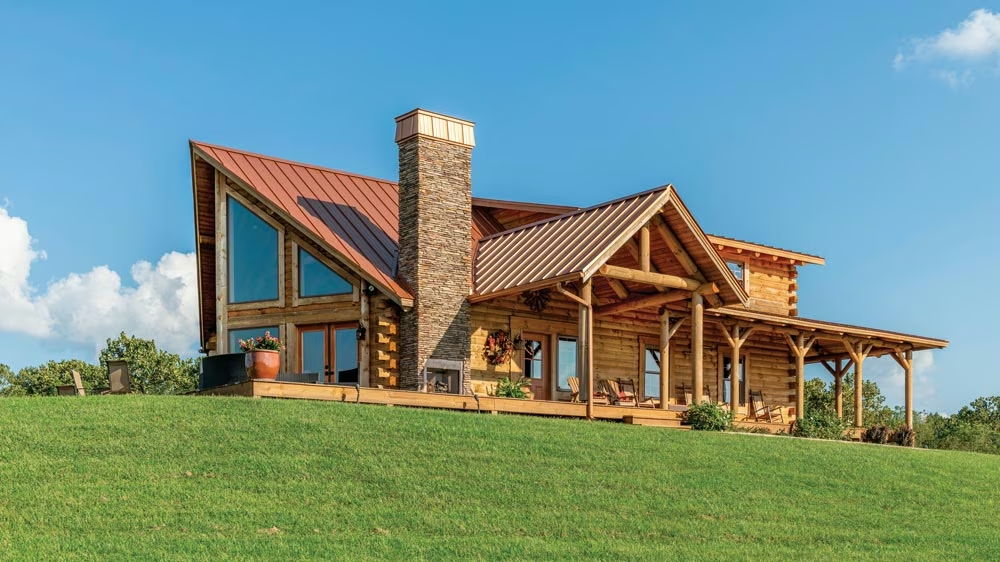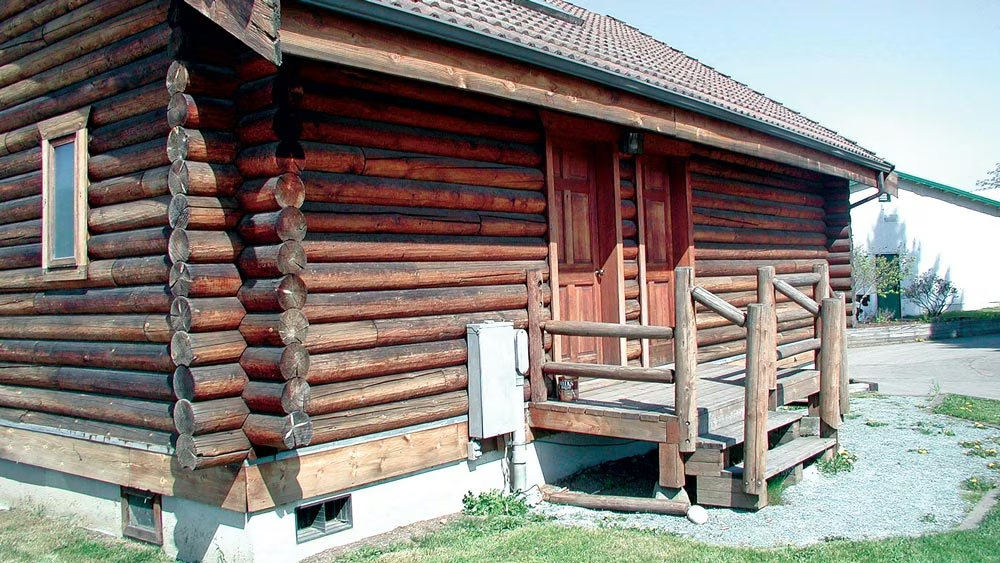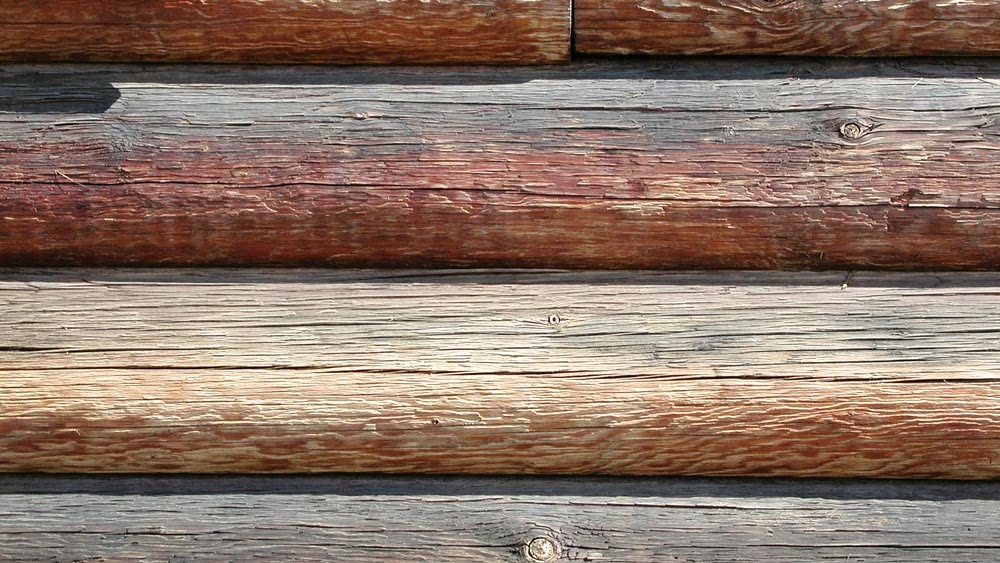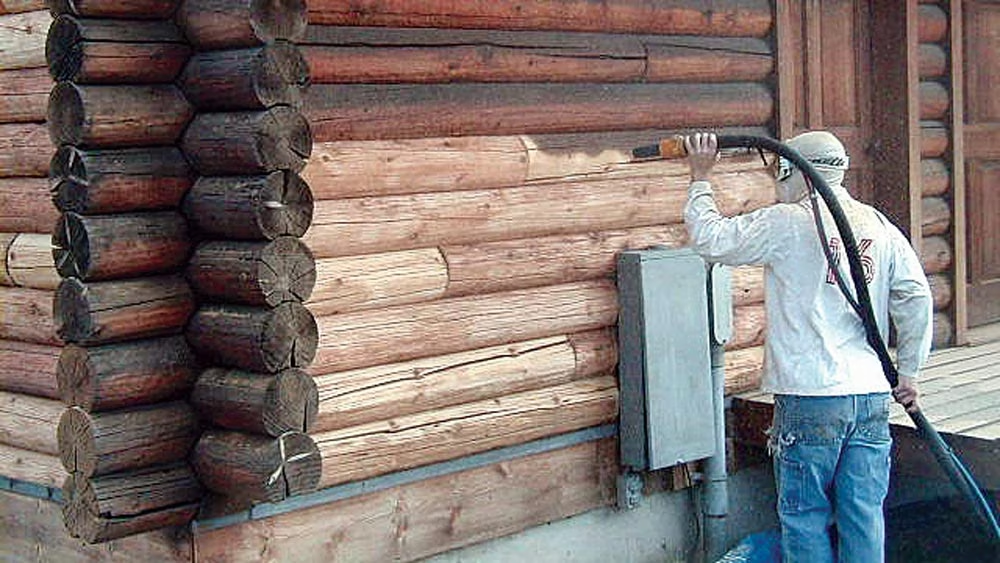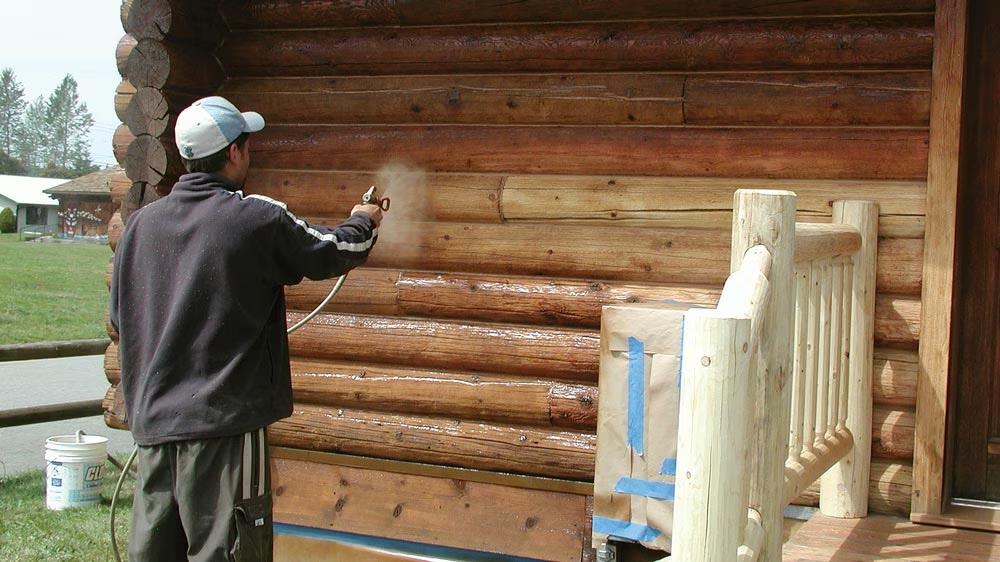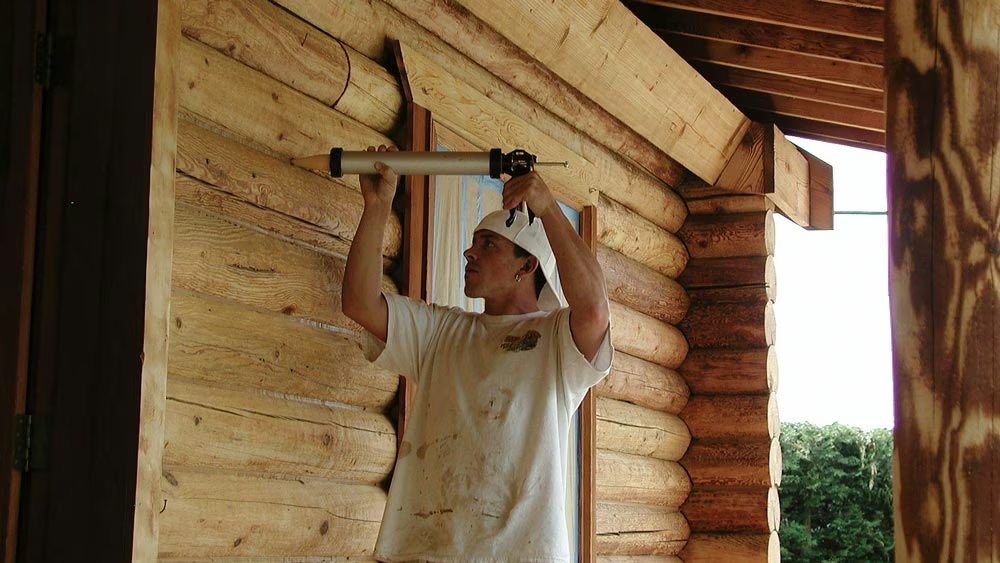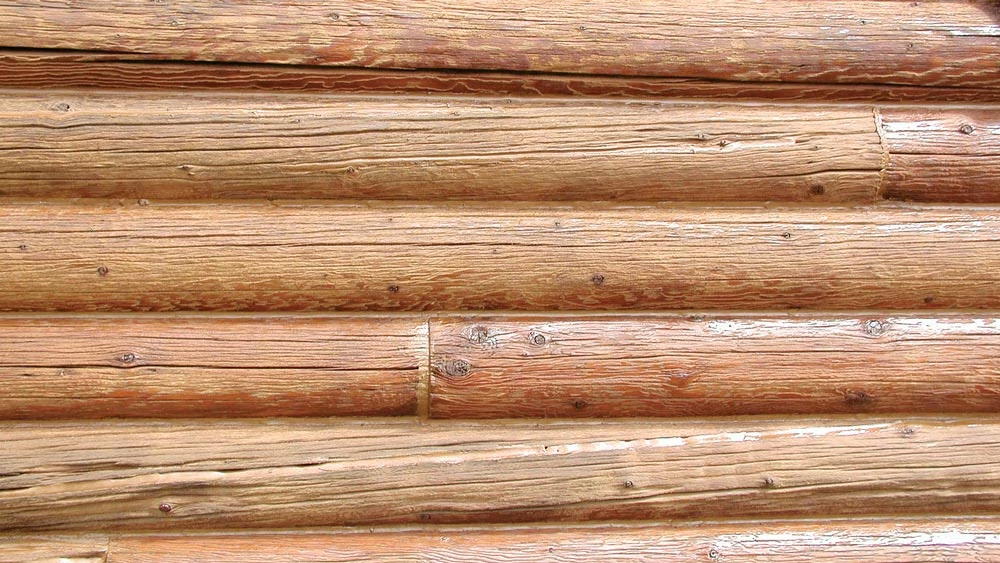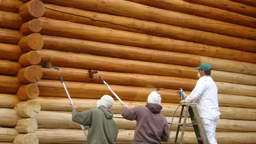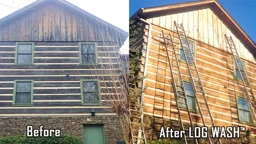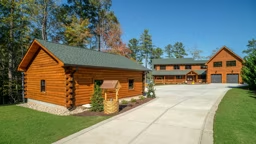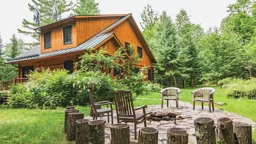If you’ve heard it once, you’ve heard it a hundred times: An ounce of prevention is worth a pound of cure. Maybe you heard it from your doctor, a teacher or even Smokey Bear. Or, maybe, your local log home restoration professional advised you to heed the cliche. After all, log homes are the epitome of this rule. The good news is, should you need a cure, the experts at log home restoration companies likely have one.
So says Tom Kuhns, the founder and owner of Log Building Maintenance and Restoration. Tom explains there are a variety of reasons a homeowner may need to call in restoration pros like his team, and they’re not all as dire as one may think. Use the following tips to navigate the restoration process, and if you’re just starting out, we’ll show you how to plan, design and maintain your forever home in such a way that it lasts, well … forever.
PREVENTION
1. Know your stuff.
When it comes to keeping a log home as healthy as possible, Tom says it’s vital to know what’s on it. “I think really understanding what stain is on your house is the number one thing, because then you’ll know how and when to take care of it — each one is different,” Tom explains. He stresses the importance of keeping track of what was applied to the home and when, so you can schedule its re-application, when the time comes.
2. Rinse and repeat.
“If knowing and understanding the product on your home is the first vital step, and then the second is to rinse your home every year,” Tom says. This is certainly the type of project a restoration and maintenance team like his can step in to help with annually (which may be a smart plan for aging homeowners) but is a maintenance project many people can tackle themselves as they are able.
“Most log home stain providers recommend that their product be washed once a year,” Tom says. “A lot of people don’t follow that, but it does improve the longevity of the stain. If you let it go too long, pollen, dust and dirt will lay on the surface of the log, which can be baked into the wood by the sun and lead to premature aging of the stain.”
3. Design wisely.
You can start taking care of your forever log home long before you ever move in. When designing a home’s layout, “The more porches the better,” Tom says. Not only will they benefit your lifestyle, they also shade the home’s wood walls from the elements.
“If you can, design your home to have porches on the south-facing or west sides. That will save a lot of time and money in stain over the years,” continues Tom.
The shape of the logs also can make a difference. “A rustic log lends to potentially having more problems if the proper stain isn’t applied to the home; whereas on a smooth log, the rain and moisture runs off more easily,” Tom explains. “With the rustic log, you tend to have ledges where water can lay or maybe larger checks because of the more rustic style of the wood.”
RESTORATION
4. Know the tell-tale signs.
According to Tom, there are a few key tip-offs that it’s time to act. Start by looking beyond just the logs. “The first sign that your home potentially needs attention is in your fascia boards or your dormers; they tend to fade a little bit quicker than the log walls will,” he warns. Next, if your stain is starting to look a bit dark or turn colors, “those are all indicators that it’s time to act,” he says. Finally, if you notice peeling, you’ve waited too long, reports Tom. But these are fixes that maintenance and restoration pros can help achieve.
5. Work with an expert.
Make sure when you seek help, you call someone who knows log homes. Tom says this advice is two-fold. First, there are all kinds of products people will try to apply to log homes — only some of them are safe and effective.
“Most of the companies that restore log homes are familiar with a wide variety of stain products, because you see just about anything and everything put on log homes. Some we know that work and some we know that don’t,” Tom says. “Typically, if a stain is by a respected manufacturer, you’re not recommending removal, you’re just cleaning and reapplying that stain. But sometimes, with somebody who isn’t familiar with the industry, we see something like paint applied, which is just the end for the logs.”
Second, Tom says there could be hints of deeper damage that are easy to miss. “There could be issues with the wood that someone who isn’t familiar with log homes wouldn’t even notice, such as log rot that isn’t always noticeable on the surface,” he explains.
6. Figure out when to put in the work and when to walk away.
Finally, Tom says every restoration is different – after all, his team tackles anything from fire restoration to degraded chinking to simple annual maintenance. Sometimes it’s a simple wash, sometimes it’s full-on media blasting. Ultimately, he says log homes are pretty tough, and even when they falter, the right restoration process can repair a lot.
“Because of the way log homes are built, they tend to hold up even if some of the logs have rotted away. We’ve had a log home that had over 1,000 feet of log rot, and we were able to restore it,” Tom shares. “So, it has to get pretty severe — basically be unlivable — to be unable to be restored.
“I have seen some really old log homes,” Tom continues, “like when someone buys a property and there’s an old log home built back in the 1800s – that’s when it gets to the point where you’re going to spend more money restoring it than building the new one. That’s really what it comes down to – the cost of rebuilding versus starting anew.”




